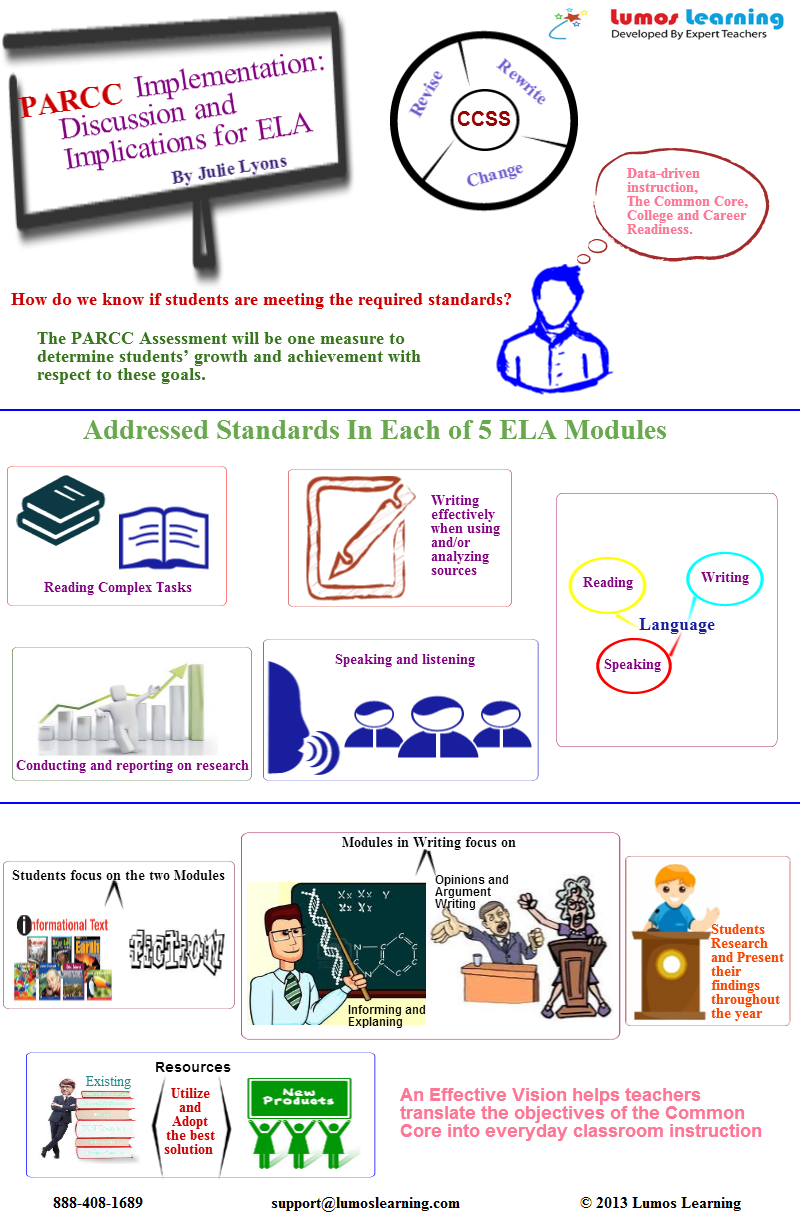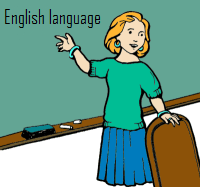Return To Teachers Speak

Data-driven instruction, The Common Core, College and Career Readiness. These are terms that have become a mainstay of the educational landscape in 2013, affecting anyone involved in education – from students to teachers, administrators, parents, and legislators.
One aspect of the adoption of the Common Core is related to assessment. How do we know if students are meeting the required standards? That’s where PARCC comes in. The Partnership for Assessment of Readiness for College and Careers (PARCC) is committed to ensuring that today’s students have viable college and career options upon graduation, and the PARCC Assessment will be one measure to determine students’ growth and achievement with respect to these goals.
As the 2013-2014 school year commences, we are entering the field-testing phase of PARCC assessments. As an administrator or teacher, what will that mean for you?
First, the current curriculum of any given district needs to align with the standards so that the assessments accurately measure how students are faring with respect to Common Core-based instruction. To that end, PARCC has provided districts and states with a “Model Content Framework” for Math and English Language Arts. This Model Framework is a guidance tool that integrates the standards into a format that allows appropriate curricular planning.
(Note: This week we will focus on the Model Content Framework for ELA/Literacy, and next week we will delve into the Math Framework in greater detail.)

As districts rewrite, change, and revise their curriculum, educators need to be aware of the key points in this framework. First, “this ELA model” proposes the use of four “modules” to be taught throughout the academic year, and each module addresses the content that connects with both the Common Core Standards and also the PARCC Assessment System.
Each module addresses the following standards:
• Reading complex tasks
• Writing effectively when using and/or analyzing sources
• Conducting and reporting on research
• Speaking and listening
• Language use for reading, writing, and speaking
Additionally, the following reading and writing skills underpin all four modules:
• Citing evidence
• Analyzing content
• Using correct grammar
• Acquiring and applying vocabulary
• Conducting discussions
• Reporting findings
(from www.parcconline.org)
The modules, or units, can be taught in any order throughout the year. Two of the modules require that students focus on informational literature as the extended text reading, while the other two modules focus on fictional literature as extended text. In addition to these extended readings, students are expected to read shorter pieces of informational text and literature during the entire school year.
In writing, two modules focus on informing and explaining, while the other two modules focus on opinions and argument writing. Along with these written analyses, students will also be asked to write routinely to “develop and convey understanding” and write narratives that “convey experiences, events, and/or procedures” (www.parcconline.org).
Finally, students are required to research and present their findings throughout the year: however, this research need not be the “traditional” library research paper. Instead, students may demonstrate their skills and understanding through a variety of mediums (oral presentations, written reports, and/or multimedia presentations).
Clearly, a district’s current curriculum has dictated how much of a gap exists between this model and what is being taught in the classroom. For some districts, curriculam may need tweaking and reorganizing in order to be aligned, while other districts may need more of an overhaul.
It is important to note that, despite these changes, most districts may not need to completely reinvent the wheel in order to be in compliance with the PARCC framework or to adequately prepare students for the College and Career Readiness standards that underpin the entire Common Core. Though some districts may determine that new textbook and/or program adoption is the best solution, other districts may decide to utilize existing resources and materials and adjust accordingly to work within the parameters of the Common Core.
Though curricular alignment is one of the first steps a district will need to take, an effective vision for reform entails many more components, including professional development, teacher evaluation, and putting systems in place to help teachers translate the objectives of the Common Core into everyday classroom instruction. With PARCC’s Model Content Framework, districts are well on their way to implementing lasting school improvement.




